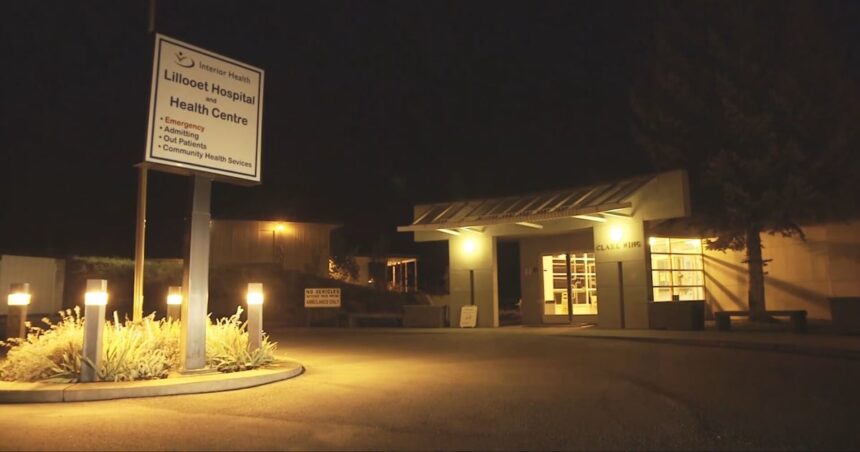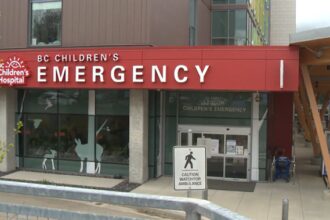In what medical professionals are calling an “unprecedented crisis,” British Columbia’s healthcare system has recorded nearly 200 emergency room closures across just two health regions since January, raising serious concerns about patient access to critical care services. The alarming surge in temporary shutdowns has particularly affected rural communities, where residents now face increasingly dangerous journeys to receive emergency medical attention.
The data, obtained through freedom of information requests by healthcare advocacy groups, reveals that Island Health and Interior Health regions have borne the brunt of these disruptions. Port McNeill Hospital on Vancouver Island has experienced over 40 overnight closures alone, forcing residents to travel more than an hour to the next available emergency facility.
“We’re seeing a healthcare system in free fall,” said Dr. Ramneek Dosanjh, president of Doctors of BC. “These aren’t just statistics—each closure represents patients in crisis who must travel further, wait longer, and face potentially life-threatening delays in receiving care.”
The provincial government attributes the closures primarily to staffing shortages, with rural hospitals particularly vulnerable to the effects of physician and nursing vacancies. Health Minister Adrian Dix acknowledged the severity of the situation at a press conference Tuesday, announcing a $45 million emergency stabilization fund aimed at retaining healthcare workers in underserved communities.
“We recognize the significant strain these closures place on communities,” Dix stated. “This investment represents immediate action while we implement longer-term structural reforms to address the underlying issues plaguing our healthcare system.”
However, healthcare workers on the frontlines describe a different reality. Emergency physician Dr. Lena Thompson, who works in the Interior Health region, told CO24 News that burnout has reached catastrophic levels among her colleagues.
“We’re regularly working double shifts, often without breaks, trying to keep emergency rooms functioning,” Thompson explained. “The staffing crisis has created a vicious cycle—overworked providers burn out and leave, creating even more pressure on those who remain.”
The situation appears particularly dire when compared to historical data. According to records analyzed by CO24 Canada News, the 200 closures recorded through August represent more than the combined total for the previous three years. Rural communities have suffered disproportionately, with some facilities facing repeated, extended closures.
In Port Hardy, resident Sarah Jacobson described the anxiety of living with unreliable emergency services: “My husband has a heart condition, and we never know if the ER will be open when we need it. We’ve started keeping a bag packed in case we need to drive two hours to Campbell River in an emergency.”
The BC Nurses Union has been vocal about the conditions driving the crisis. Union president Aman Grewal pointed to inadequate compensation, overwhelming workloads, and unsafe working conditions as key factors behind the nursing exodus from rural facilities.
“Nurses are leaving the profession in record numbers because the system is broken,” Grewal told CO24 Politics. “Temporary wage incentives aren’t enough—we need comprehensive reform that addresses workplace safety, professional development, and quality of life issues.”
Healthcare policy experts suggest the crisis reflects deeper structural problems within British Columbia’s healthcare system. The pandemic exposed and exacerbated existing vulnerabilities, particularly in rural healthcare delivery models that rely heavily on a limited pool of providers.
The economic impact of these closures extends beyond healthcare. Communities with unreliable emergency services report difficulties attracting new residents and businesses, creating economic ripple effects throughout rural BC. Municipal leaders have joined healthcare advocates in calling for urgent provincial intervention.
As pressure mounts on provincial authorities to address this escalating crisis, the fundamental question remains: can British Columbia implement the necessary structural reforms to reverse this dangerous trend, or will 2025 bring even more closures and reduced access to emergency care for its most vulnerable communities?
























